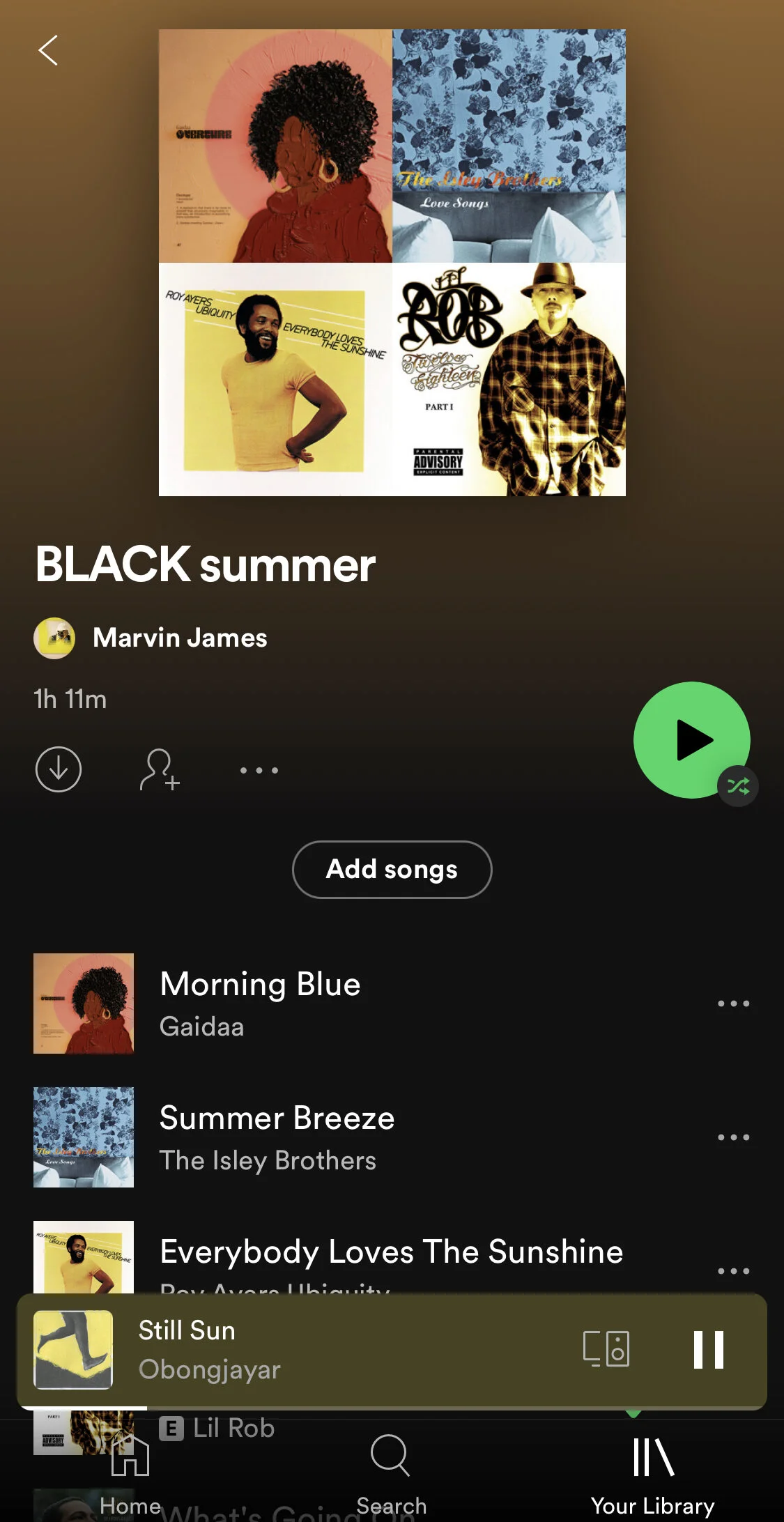How many residents are there?
With a focus on bringing the right group of individuals together, we anticipate the cohort will be somewhere between 2 and 8 individuals sharing in study together.
Do I need an advanced degree or a particular experience?
There are absolutely no degree requirements, might actually have a slight preference for individuals who are self-taught or graduates from YouTube university. The only experience needed is comfortability with a DIY practice.
Is there a *right* time and motivation to do the Residency?
I would say the best time is when you’re releasing (or actively trying to) a sense of scarcity and remembering (or actively trying to) how abundant our community already is. Knowing that it’s not easy to maintain that state of focus and flow, this program is designed to support individuals in doing so.
What is the time commitment?
The 9-month residency is organized seasonally with a different time commitment for each 3-month period. For the first season, Abundance (Oct-Dec 2021), residents are asked to participate in shared study over 10 week window with a 2-3 hr commitment on Sundays or Wednesdays. For the next, Irrigation (Jan-Mar 2022), residents are to take free time to interdependently develop the final presentation. The final season, Residency (Apr-Jun 2022), will continue in the use of interdependent free time to produce and develop the public presentation for the collection. Ultimately, you’ll get out what you put in - the time invested by an individual is a personal decision, the more everyone shares the the more abundance will be cultivated for all.
How are Residents identified and selected?
SCOPE’s Archive Caretakers and select advisors (a couple trusted homies) will review submissions and select our residency cohort based on applicant’s intentions and the goal of curating a critical mix of skillsets and interest areas.
When will the next Residency program be offered?
Our ambition is to offer a Residency program annually but we make no promise of this program being made available again in fall 2022.
Why did you create the Abundance Irrigation Residency?
In continuation of ITS-IN-SCOPE’s contemporary archiving practice, we want to consistently hold space for others to join us and reinforce that the archive isn’t any single person or organizations to own. As we share in this history, we desire to share in the care of it and create conditions for cultivating the abundance it provides all of us. Our residency program is meant to support all of us in restoring shared memory of self to the Black/Indigenous communities we exist within.
What is Abundance Irrigation and how do I do that?
Abundance Irrigation stems from the understanding that Black/Indigenous people are overflowing with abundance and have been throughout history. When we remember that our body is an archive, by taking care of ourselves, our memories, and nurturing our intution we’re in service to this abundance. If we then give ourselves the freedom to share freely and curate the overflow for others to engage with we may remind ourselves and each other of our abundance despite the external scarcity projected upon our communities.
What’s the ecosystem behind this?
It takes a village. The residency is made possible by ITS-IN-SCOPE’s archive caretakers, elders in our community, and select partner organizations who are ten toes down in support of artists, cooperative economics, and local infrastructure development.
How can I ask more questions?
Send an email to itsinscope@gmail.com if you have any additional questions about the Abundance Irrigation Residency program.














